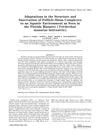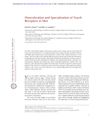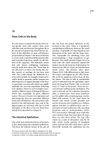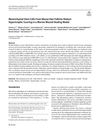Localization of the Rabies Virus Antigen in Merkel Cells in the Follicle-Sinus Complexes of Muzzle Skins of Rabid Dogs
September 2016
in “
Journal of virological methods
”
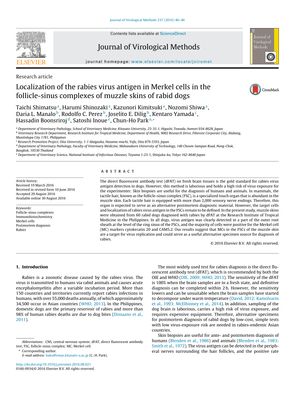
TLDR Rabies virus was found in specific skin cells of rabid dogs' muzzles, suggesting these cells could help diagnose rabies.
In a study conducted at the Research Institute of Tropical Medicine in the Philippines, muzzle skins from 60 rabid dogs diagnosed with rabies through the direct fluorescent antibody test (dFAT) were examined to identify the localization of the rabies virus antigen in the follicle-sinus complexes (FSCs) of the muzzle skin. The study found that the virus antigen was consistently detected in a part of the outer root sheath at the level of the ring sinus of the FSCs, with the majority of these cells testing positive for Merkel cell (MC) markers cytokeratin 20 and CAM5.2. These findings suggest that Merkel cells in the FSCs of the muzzle skin are a target for rabies virus replication and could be used as an alternative specimen source for the diagnosis of rabies.
